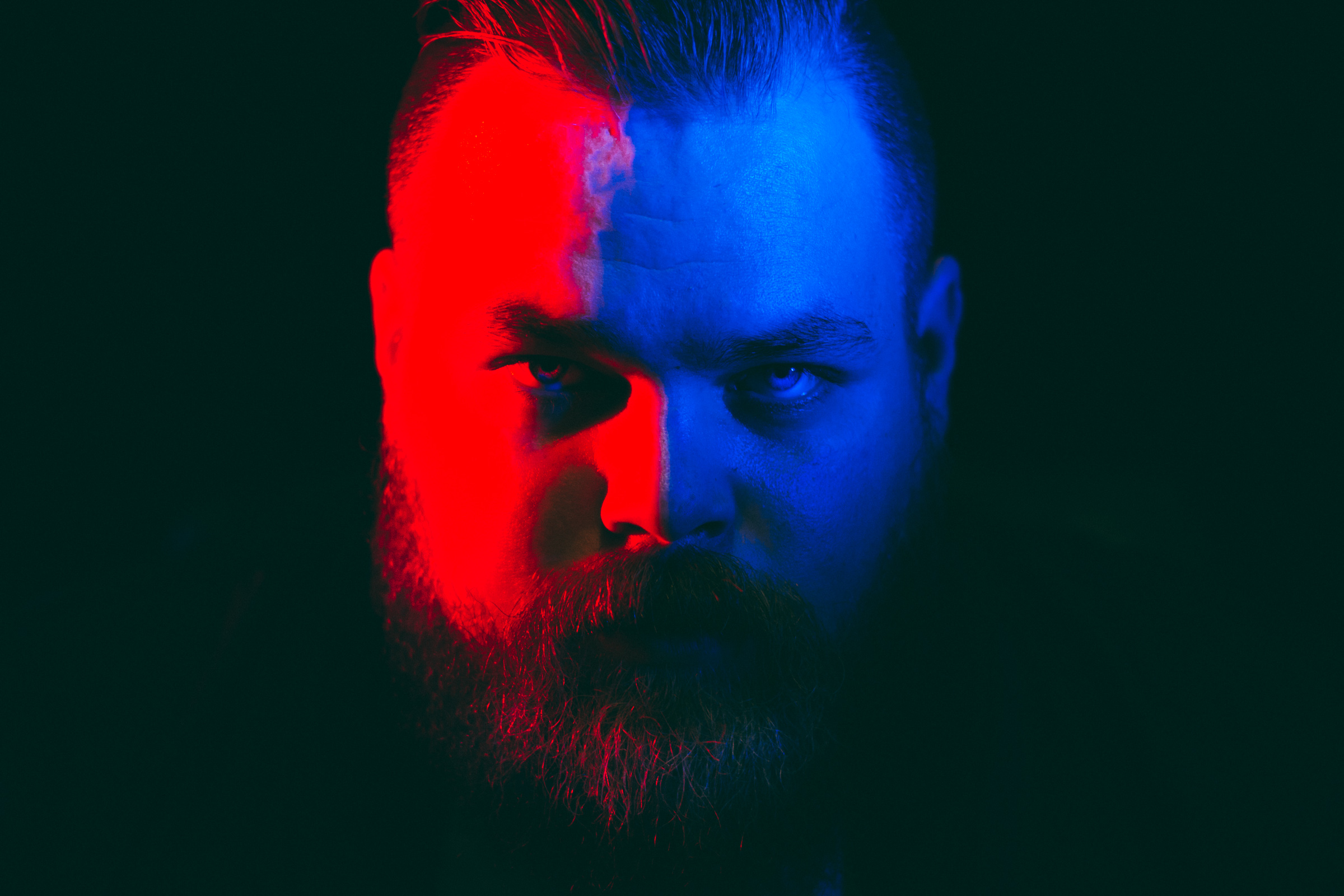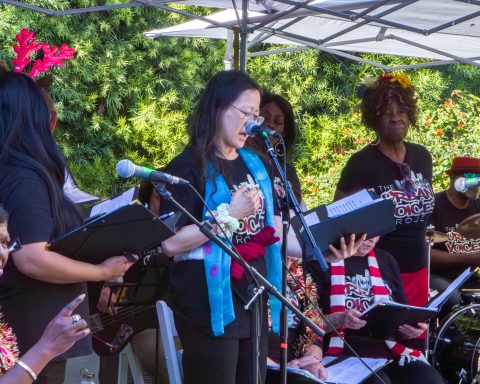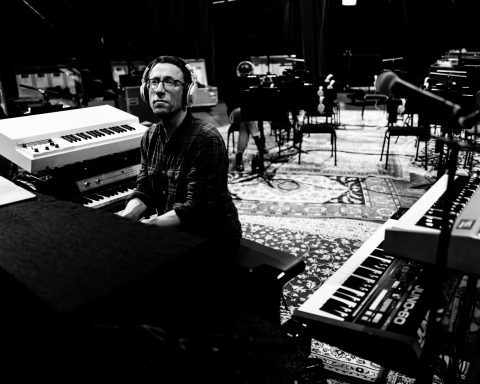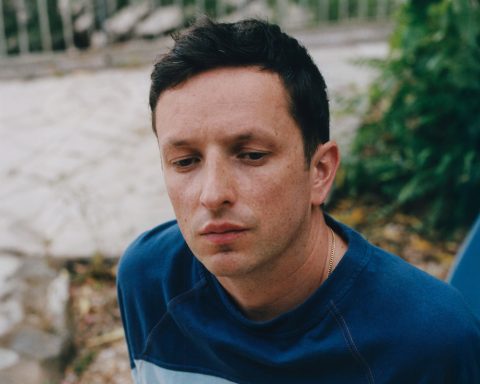New York native Seth Haley, better known as Com Truise, rose to the top as one of his generation’s most significant synthwave artists. Following countless records and remixes over the past decade, Haley has recently taken on some new and exciting challenges. Looking back at the beginning of his musical journey and what lies ahead, he shares the lesser-known details of his career.
Synthesizers as Time Machines
Your discography includes countless original songs, plus remixes for Daft Punk, Charli XCX, and Deadmau5. How did music become such a consistently-growing career path for you?
A lot of it happened very quickly for me—at least it feels that way! Experimenting with multiple genres early on helped grow my interest in music becoming my full-time career. It’s definitely an up and down game. I was working in advertising before music took over my life. It was a beautiful yet frightening choice to give music a shot, but one I do not regret.
"Synthesizers are time machines. They have the ability to transport us into a distant past, memories of the future we haven’t had yet, or dreams."
Was there a particular moment in time when you felt drawn to synthesizers?
The moment I wanted to dive into synthesis was hearing Boards of Canada. I remember instantly falling in love with the immense nostalgia you can create with certain synthesizers. In my opinion, synthesizers are time machines. They have the ability to transport us into a distant past, memories of the future we haven’t had yet, or dreams.
The Everlasting Impact of the JUNO-106
Speaking of synthesizers, you’re particularly fond of the JUNO-106. What are some of the tracks you enjoyed producing with it?
I’ve used the JUNO-106 on so many things. Notably, it played a large role on my records Iteration and Persuasion System. As for specific tracks: “Ultrafiche of You,” “Ternary,” and “Propagation,” to name a few.
"The JUNO-106 is usually my go-to for starting anything melodic. I tend to see it as my 'piano' in the studio."
What are some of your other favorite Roland instruments?
The JUNO-106 is usually my go-to for starting anything melodic. I tend to see it as my “piano” in the studio. I have a GR-700 that I use from time to time. There’s really nothing like it—it’s in a league of its own. I’m also a huge fan of the TR-707 and the RE-201; I’d be nowhere without crunchy snares and tape delay.

New Creative Realms
How do you start producing a new track, and do you ever struggle to get to the finish line with an idea?
I’d say I start more than I finish, but nothing really goes to waste. I like to go back and pull from half-baked ideas and give them a fresh set of ears if it wasn’t “working” at the time of creation. Over the last five years, I’ve tried to finish everything I started, even if it doesn’t get released. Having too many open or loose ends makes me feel weighed down.
"The main difference between film scoring and creating a record is the timing. You have to drive certain emotional changes in a constricted time frame."
You’ve announced your first original score for a feature film, Private Property, directed by Chadd Harbold. What was the creative process like for that project?
It took me a few weeks to wrap my head around the whole process of scoring a film. I watched the film a few times and took notes. Then, I started with the first cue and built a sonic palette—a few specific synths to drive the direction musically.
The main difference between film scoring and creating a record is the timing. I don’t focus on rigid timing when composing a record. But when it comes to film, you need to be a lot more exact. You have to drive certain emotional changes in a constricted time frame. It was an enlightening process, and I’d love to work on more.
Learning by Teaching
Another project that looks exciting is your synthwave production course through Soundfly. Is this the first time you’re taking on the role of music instructor?
Yes, my first time with any sort of instruction. I did give a small lecture at SXSW years back, on synthesis basics. A lot of artists are secretive with their processes, and I most definitely was. Sharing things in this way has let some of my secrets out of the bag, while at the same time forcing me to develop new processes in my work.
It even helped me understand some things that I might have never noticed in my music. For example, a major insight came from going back into old project files. I realized where I’d overfocused on certain things and neglected others. A lot of my sounds are minimal and uncomplicated. That’s a huge part of what I’m trying to convey with my music and production techniques.
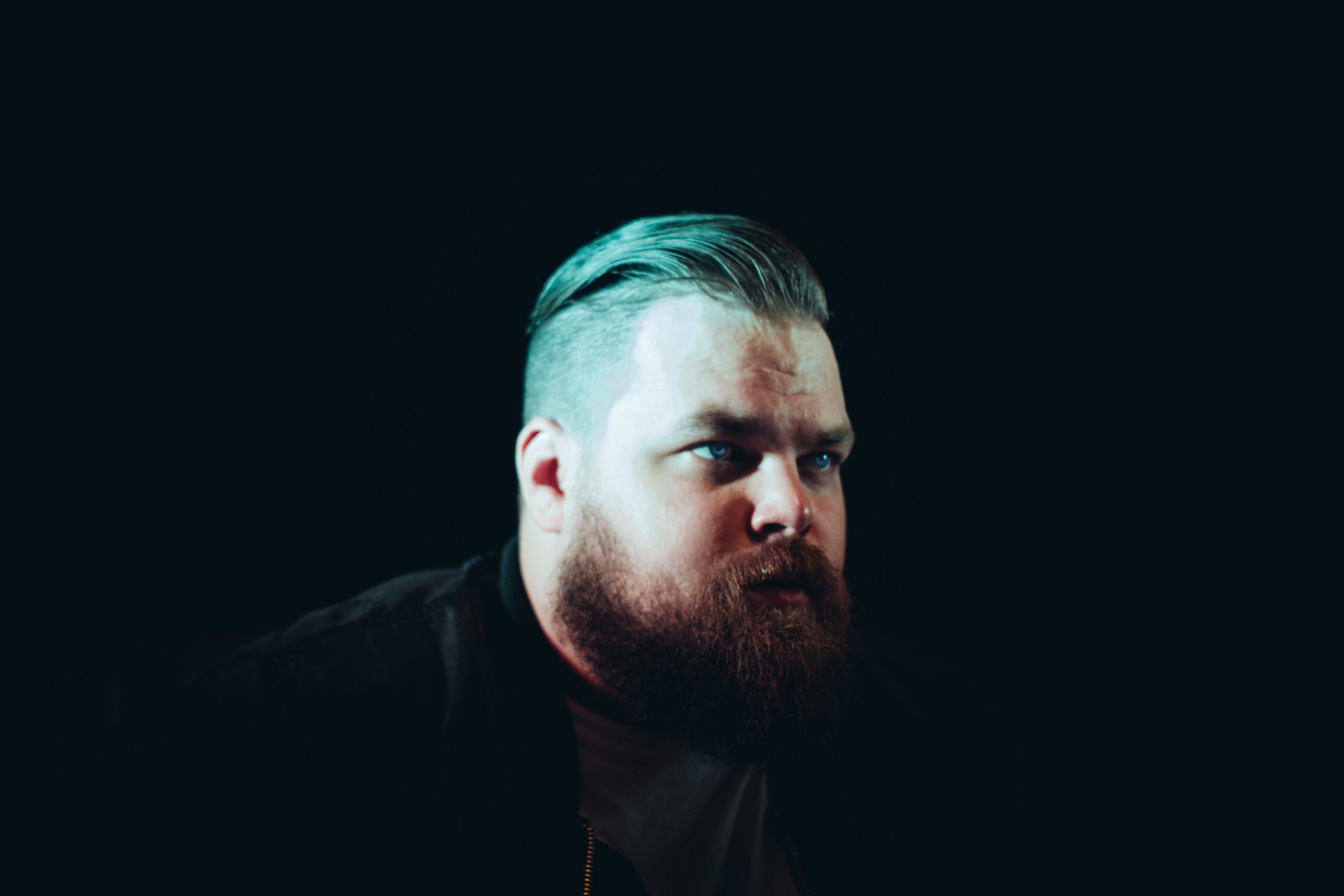
"It all starts with an emulation of something you love. Eventually, if you push hard enough, it drifts into something of your own."
Future Fingerprints
If you were starting today, how would you approach your sound design journey?
The genesis for everyone is completely different. I’d say it’s almost like a fingerprint. I might be able to show some similarities in my journey to others. But it all starts with an emulation of something you love. Eventually, if you push hard enough, it drifts into something of your own.
